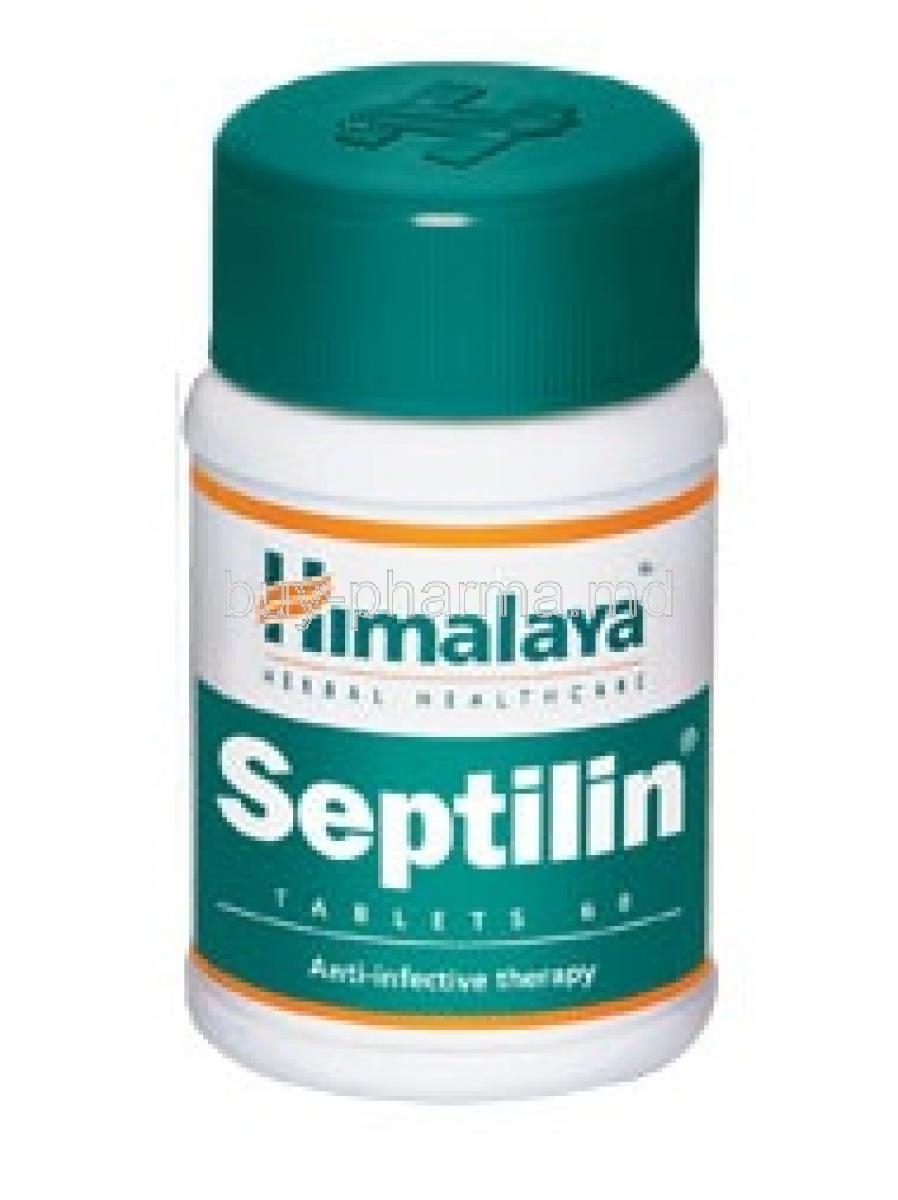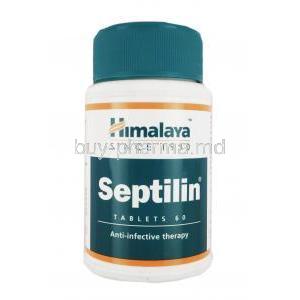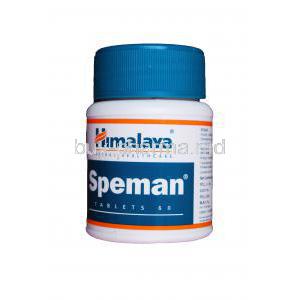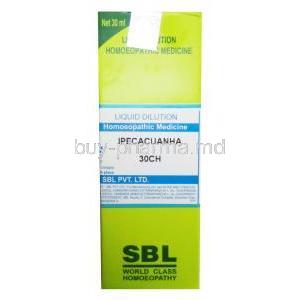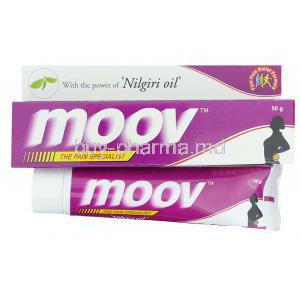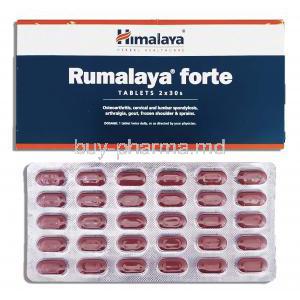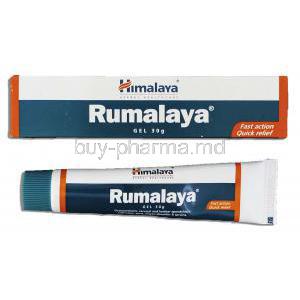Himalaya Septilin
- 1. Introduction to Himalaya Septilin
- 2. Composition and Active Herbal Ingredients
- 3. Mechanism of Action: How Septilin Works
- 4. Therapeutic Uses of Himalaya Septilin
- 5. Off-Label and Investigational Uses
- 6. Dosage and Administration Guidelines
- 7. Common and Serious Side Effects
- 8. Drug and Herbal Interactions
- 9. Contraindications: Who Should Avoid Septilin
- 10. Special Considerations for Careful Administration
- 11. Important Precautions Before Use
- 12. Use in Special Populations
- 13. Overdose and Emergency Measures
- 14. Proper Storage and Shelf Life
- 15. Handling and Usage Precautions
1. Introduction to Himalaya Septilin
Himalaya Septilin is a time-honored herbal formulation recognized for its powerful immunomodulatory effects. Designed to enhance the body's defense system, Septilin is a polyherbal blend derived from Ayurvedic principles, aiming to support immune function while providing ancillary antimicrobial and anti-inflammatory benefits.
Rooted in the classical tenets of Ayurveda, Septilin integrates plant-based therapeutics with mineral components to harmonize immune response and tissue resilience. It is available in multiple dosage forms including tablets, syrup, and syrup for pediatric use, offering flexibility across age groups and patient preferences.
2. Composition and Active Herbal Ingredients
- Tinospora cordifolia (Guduchi): A cornerstone of Ayurvedic immunotherapy, known for its adaptogenic, antipyretic, and anti-inflammatory actions.
- Rubia cordifolia (Manjishtha): Traditionally used for detoxification and blood purification, with added antimicrobial effects.
- Emblica officinalis (Amla): Rich in vitamin C and bioflavonoids, it serves as an antioxidant and rejuvenator.
- Glycyrrhiza glabra (Yashtimadhu): Exhibits demulcent, anti-allergic, and immunostimulatory properties.
Additional mineral-based constituents and natural excipients stabilize the formulation and enhance bioavailability. The polyherbal synergy contributes to a multi-pronged therapeutic effect, making Septilin both preventive and restorative.

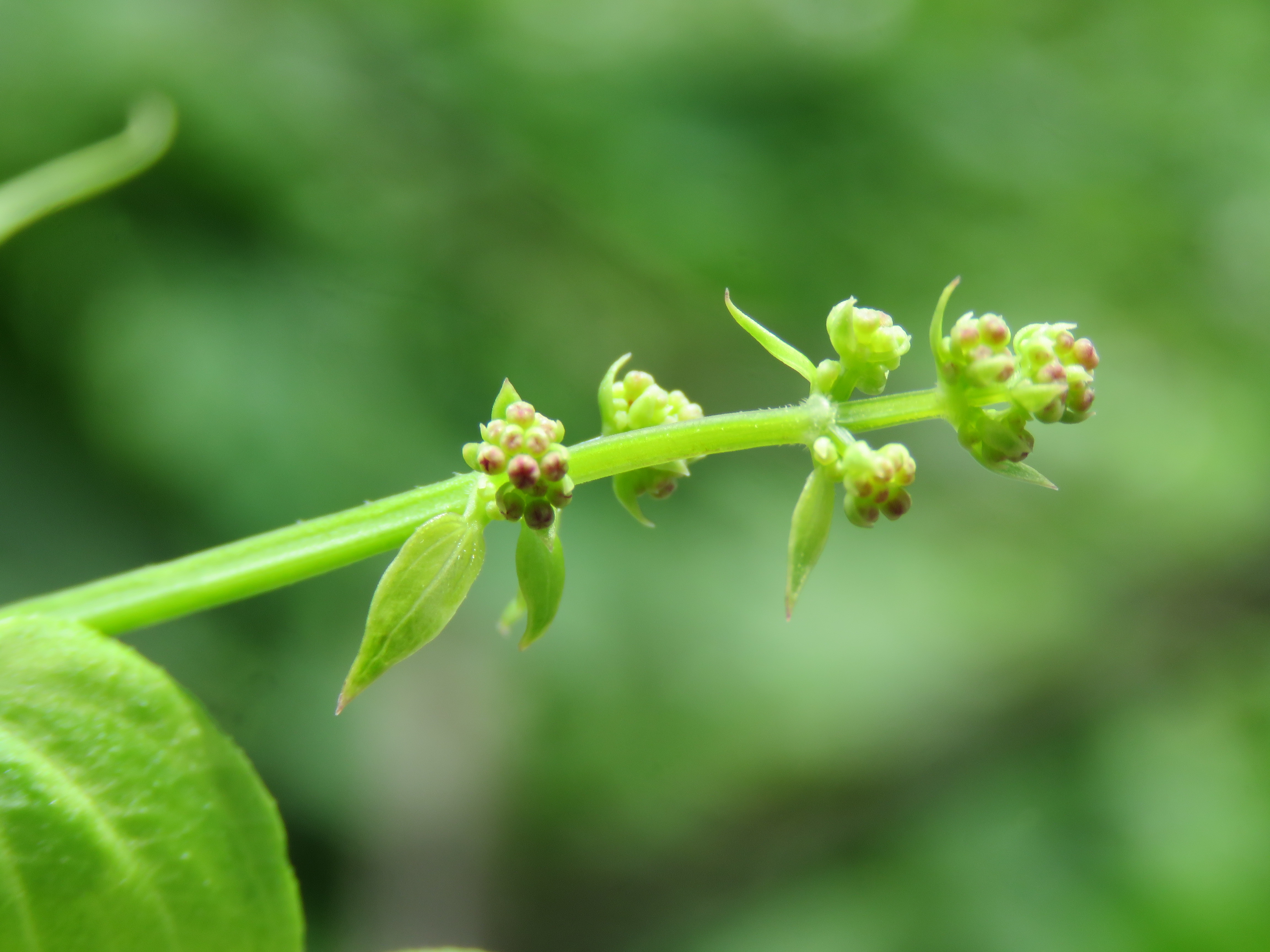


3. Mechanism of Action: How Septilin Works
Septilin modulates both innate and adaptive immune responses. It increases the functional capacity of immune cells such as macrophages and neutrophils, thereby improving phagocytic activity and cytokine signaling.
- Anti-inflammatory: Suppresses inflammatory mediators to reduce tissue swelling and discomfort.
- Antioxidant: Neutralizes oxidative stress that compromises immune health.
- Antimicrobial: Offers mild to moderate antibacterial activity against respiratory and skin pathogens.
The result is a balanced immune response that promotes recovery without overstimulation or side effects associated with synthetic agents.
4. Therapeutic Uses of Himalaya Septilin
4.1 Primary Uses
- Adjunctive therapy in upper respiratory tract infections such as pharyngitis, sinusitis, and bronchitis.
- Co-treatment in chronic tonsillitis and recurrent skin infections.
- Immune enhancement during post-illness convalescence.
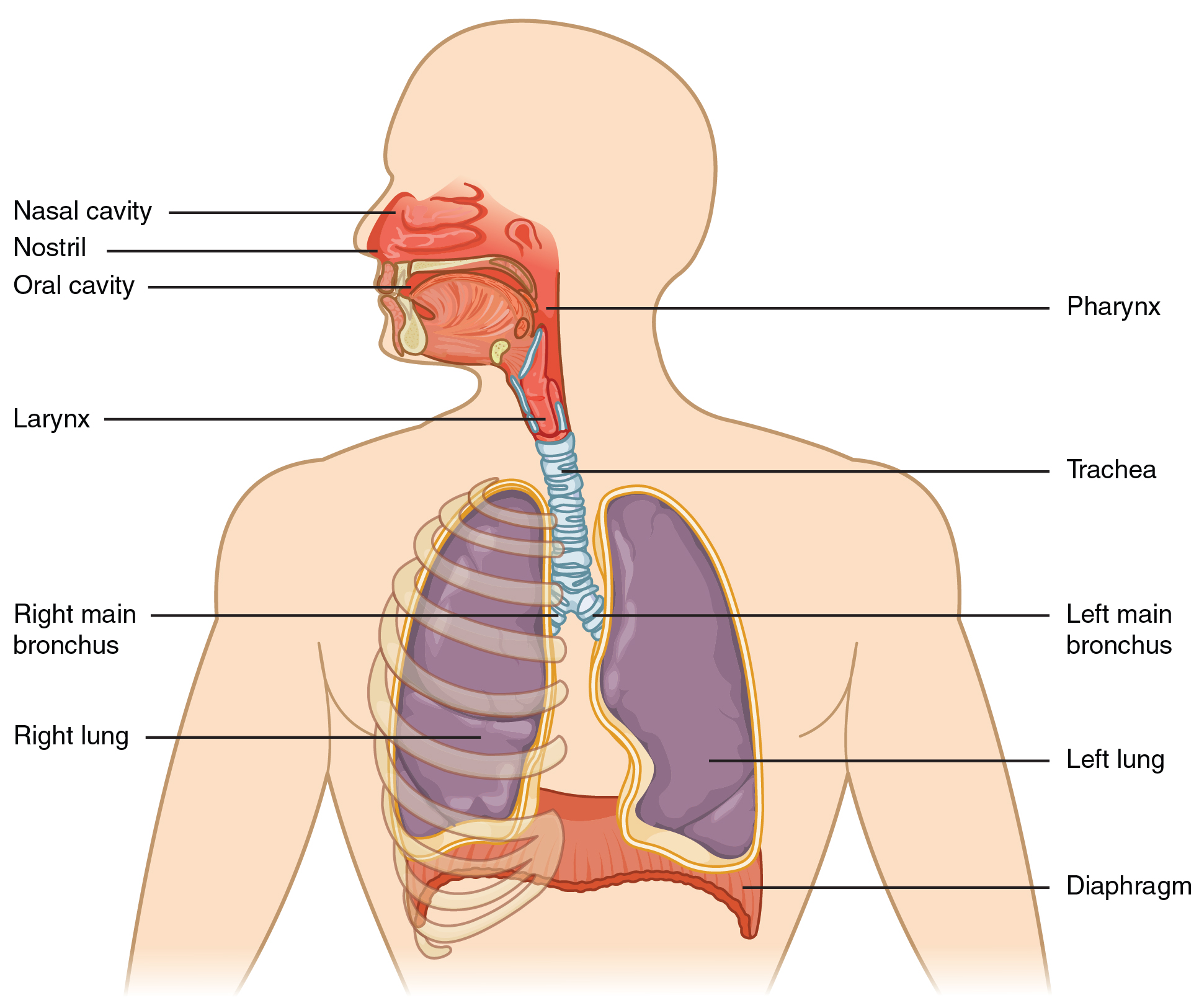
4.2 Preventive and Supportive Indications
- Supports immunity in patients with compromised resistance or frequent infections.
- Recommended as a seasonal prophylactic agent during flu or allergy seasons.

5. Off-Label and Investigational Uses
- As adjunctive immune support in chronic inflammatory diseases such as rheumatoid arthritis or lupus (under supervision).
- In combination with antimicrobials for infections resistant to standard antibiotics.
- Supportive role in managing chronic fatigue syndrome and immune exhaustion.
- Promotes healing and immunologic recovery in post-surgical patients.
6. Dosage and Administration Guidelines
6.1 Standard Dosing Recommendations
- Adults: 2 tablets twice daily or 10 ml of syrup twice daily.
- Children: 1 tablet or 5 ml syrup twice daily, based on age and physician advice.
6.2 Timing and Duration of Use
Best taken after meals for optimal absorption. Duration may vary based on health status and intended use typically 2 to 4 weeks for preventive support, or longer for chronic cases.

6.3 Dose Adjustment in Special Conditions
Lower doses are advisable for elderly patients or those with hepatic/renal compromise. Medical oversight is recommended to prevent accumulation or inefficacy.
7. Common and Serious Side Effects
7.1 Common Side Effects
- Minor gastrointestinal upset (e.g., bloating, mild diarrhea).
- Occasional allergic manifestations such as skin rash or itching.
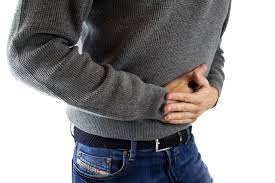
7.2 Rare but Serious Adverse Events
- Hypersensitivity reactions requiring discontinuation.
- Potential exacerbation of autoimmune conditions due to immunostimulation.
8. Drug and Herbal Interactions
- May reduce effectiveness of immunosuppressive agents like corticosteroids or cyclosporine.
- Interaction potential with certain antibiotics or antiviral medications.
- Avoid combining with other immune-boosting herbal products without medical advice to prevent overstimulation.
9. Contraindications: Who Should Avoid Septilin
- Individuals with known allergies to any ingredient in the formulation.
- Patients with autoimmune disorders currently on immunosuppressants.
- Those with hormone-sensitive conditions, especially due to Glycyrrhiza glabra content, which may influence cortisol levels.
10. Special Considerations for Careful Administration
10.1 Use in Patients with Chronic Illnesses
In individuals with pre-existing hepatic or renal conditions, the use of Himalaya Septilin should be approached with prudence. Herbal components, though generally well-tolerated, may exert additional metabolic burden on compromised liver or kidney function. Periodic assessment of liver enzymes and renal biomarkers is advised during extended therapy.
For diabetic patients, caution is warranted due to the presence of sweetening agents in the syrup formulation. Regular monitoring of blood glucose levels should be considered, particularly when Septilin is used in conjunction with antidiabetic medications.
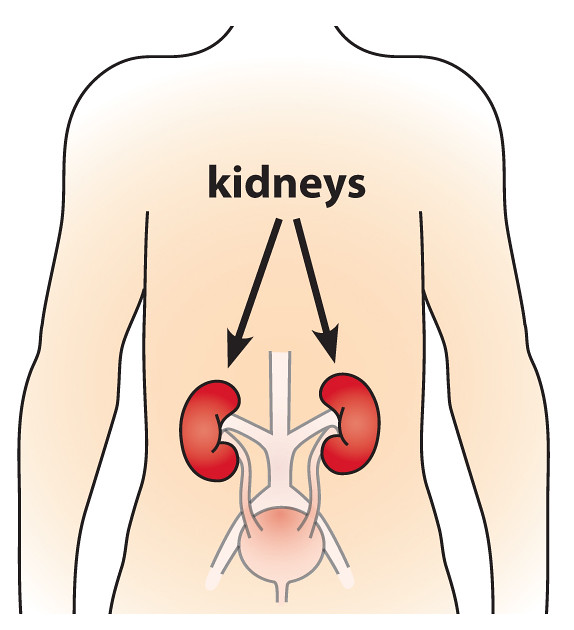
10.2 Patients on Concurrent Therapies
Patients undergoing chemotherapy or receiving biologics may experience unpredictable immunological responses with the concurrent use of immunostimulants like Septilin. Professional evaluation is essential before integrating it into oncology or immunosuppressive regimens.
Additionally, individuals on corticosteroids or NSAIDs should be monitored closely, as overlapping anti-inflammatory mechanisms could obscure therapeutic outcomes or introduce subtle pharmacodynamic conflicts.
11. Important Precautions Before Use
- Medical consultation is advised for prolonged or high-dose use to avoid cumulative systemic effects.
- If symptoms such as rashes, respiratory discomfort, or gastrointestinal distress emerge, discontinue use and seek professional advice immediately.
- Allergic history should be carefully reviewed, particularly for plant derivatives and licorice sensitivity, prior to initiating therapy.
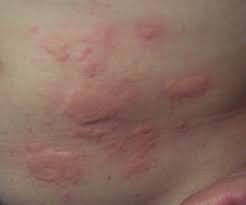
12. Use in Special Populations
12.1 Administration to Elderly Patients
Due to age-related changes in metabolism and drug clearance, elderly individuals may require reduced doses of Septilin. This population is also more prone to digestive sensitivity, warranting close observation for symptoms such as bloating or reflux.
Interactions with common geriatric medications should be reviewed, especially in polypharmacy settings.
12.2 Use in Pregnant and Nursing Women
Septilin lacks robust clinical studies in pregnant and breastfeeding populations. Its use should be strictly based on clinical necessity and under the supervision of a qualified healthcare provider.
It is particularly advisable to avoid administration during the first trimester unless clearly indicated, as the safety of its botanical constituents during early fetal development remains uncertain.

12.3 Administration to Children
Septilin is considered safe for pediatric use over the age of two years, especially in its syrup formulation. The liquid form allows for weight-adjusted dosing and is palatable for young children.
Parents and caregivers should ensure accurate dosing based on medical guidance to avoid under- or overdosing in children.
13. Overdose and Emergency Measures
Though rare, overdose can result in nonspecific symptoms such as nausea, vomiting, dizziness, and abdominal discomfort. In such cases:
- Discontinue the product immediately.
- Administer symptomatic and supportive care such as hydration and electrolyte balance.
- Seek emergency medical attention if symptoms persist or escalate.
14. Proper Storage and Shelf Life
Store Septilin in a cool, dry place, ideally between 15°C and 25°C, away from direct sunlight and humidity. Syrup bottles should be tightly capped after use to prevent oxidation or microbial contamination.
- Tablets have a longer shelf life but are sensitive to moisture store in original packaging.
- Check the expiry date on both tablets and syrup to ensure product integrity.
15. Handling and Usage Precautions
- Shake the syrup well before each use to evenly disperse herbal sediments.
- Use clean, dry measuring utensils to prevent microbial growth in the syrup bottle.
- Keep all formulations out of the reach of children and pets to avoid accidental ingestion.
Himalaya Septilin FAQ
- What is Himalaya Septilin used for?
- Can we take Septilin daily?
- Can Septilin cure a cough?
- Is Septilin good for immunity?
- Is septilin good for allergies?
- Does septilin affect liver?
- Does septilin cause weight loss?
- Does septilin increase sperm count?
- What is the side effect of Himalaya Septilin?
- How long can Septilin be taken?
- What is septilin used to treat?
- Can I take septilin without food?
- Is septilin good for allergic rhinitis?
- Is septilin good for babies?
- Can Bresol and Septilin be taken together?
- What are the ingredients in Himalaya Septilin?
- What is Himalaya Septilin syrup anti infective therapy used for?
- Is septilin safe?
- Is septilin tablet safe during pregnancy?
- Is septilin an immune booster?
- How to take septilin tablets with water?
- How many septilin tablets should I take?
- How many days septilin should be taken?
- What is the use of septilin?
- How long can septilin be taken?
- What are the benefits of septilin?
- How does septilin work?
- How long does Septilin take to work?
- When to take septilin?
- What is septilin good for?
What is Himalaya Septilin used for?
Septilin is commonly employed to address infections affecting the lungs, airways, and throat, like tonsillitis and pharyngitis, as well as bronchitis issues. It also serves to combat infections in various parts of the body, such as the ears, joints, teeth, eyes, and urinary system. It aids in bolstering the body's innate immunity against infections
Can we take Septilin daily?
You can take it every day as an addition to boost your health and enhance your well-being.
Can Septilin cure a cough?
Its ability to fight viruses and help clear mucus makes it useful for treating persistent coughs, as well as bronchitis and asthma.
Is Septilin good for immunity?
Septilin offers potent antioxidant and immune-boosting properties and promotes overall health due to its immunomodulatory effects and expectorant qualities.
Is septilin good for allergies?
Septilin proves to be quite beneficial for individuals dealing with vasomotor rhinitis conditions.
Does septilin affect liver?
Yes
Does septilin cause weight loss?
No
Does septilin increase sperm count?
Yes
What is the side effect of Himalaya Septilin?
There are generally no side effects associated with Septilin when used according to the recommended dosage instructions.
How long can Septilin be taken?
1-2 months
What is septilin used to treat?
Chronic recurring tract infections (URTI), tonsillitis, skin infections, and dental infections were all mentioned by the doctor and recommended as a dietary supplement as well.
Can I take septilin without food?
Yes
Is septilin good for allergic rhinitis?
Yes
Is septilin good for babies?
Yes
Can Bresol and Septilin be taken together?
Yes
What are the ingredients in Himalaya Septilin?
Tinospora Gulancha (Guduchi)/ Licorice (Yashtimadhu)/ Indian Bdellium (Guggulu)
What is Himalaya Septilin syrup anti infective therapy used for?
This powerful blend enhances your body's ability to combat illnesses effectively by stimulating macrophages ( blood cells) and encouraging phagocytosis (the mechanism of consuming and eradicating bacteria). Septilin serves as a component in bolstering the body's immunity against infections.
Is septilin safe?
Yes
Is septilin tablet safe during pregnancy?
No
Is septilin an immune booster?
Yes
How to take septilin tablets with water?
For kids, take one tablet three times daily. For adults, take two tablets three times a day with meals and water; the recommended daily intake is between three and six tablets for system support.
How many septilin tablets should I take?
3-6 tablets
How many days septilin should be taken?
2 months
What is the use of septilin?
Septilin is commonly employed as an immunomodulator to boost the body's ability to fend off infections naturally.
How long can septilin be taken?
2 months
What are the benefits of septilin?
Boosts the immune system and overall well-being
How does septilin work?
Septilin acts as an immunomodulator by boosting the body's defenses through triggering the creation of infection-fighting elements and activating cells that produce antibodies.
How long does Septilin take to work?
Some individuals might experience the benefits within a day; however, for others, it may take longer to see the effects.
When to take septilin?
During meals
What is septilin good for?
Septilin is a blend of herbs frequently utilized as an agent to enhance the body's immunity, against illnesses and various health issues such as upper and lower respiratory infections and skin conditions. It is also commonly employed alongside treatments for conditions.

